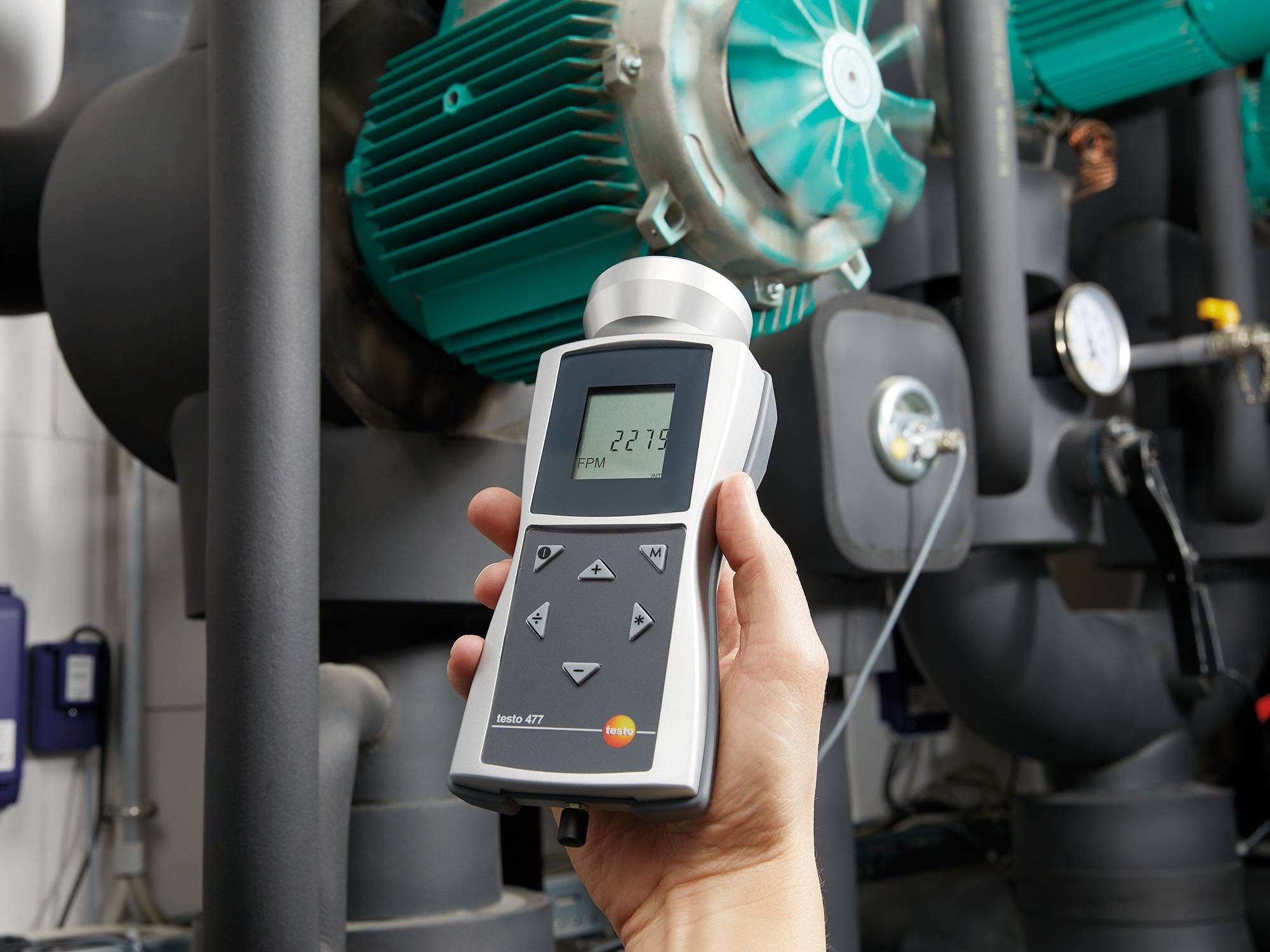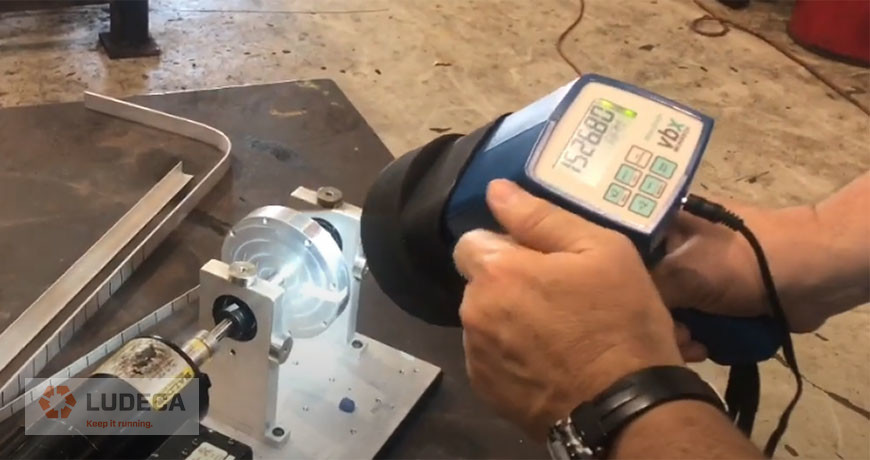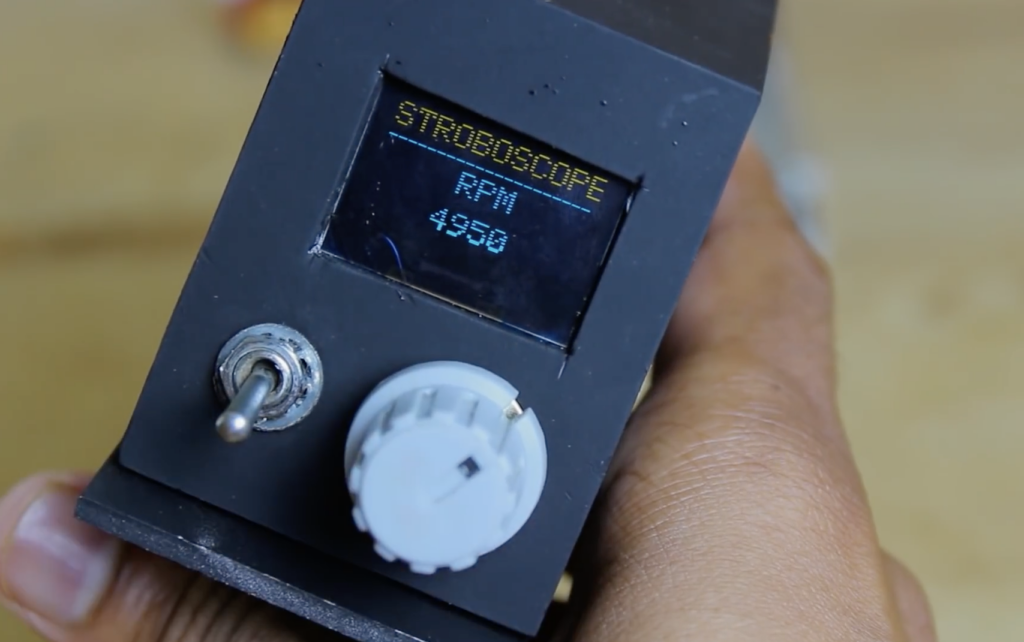When it comes to the world of technology, some inventions stand out due to their tremendous impact on various industries. One such innovation is the stroboscope, a device that has revolutionized the way we observe and analyze repetitive motions. But who invented the stroboscope? This question has piqued the interest of many, especially among industry QA professionals looking to delve deeper into its origins and applications.

The Historical Background of the Stroboscope
The stroboscope’s invention is attributed to multiple pioneers in the field of physics and optics. The basic principle of stroboscopy involves capturing and analyzing fast-moving objects by creating a series of short, intense flashes of light. This method allows for the observation of movements that would otherwise be imperceptible to the naked eye.
In the early 19th century, scientists such as Michael Faraday and Joseph Plateau made significant contributions to the development of stroboscopic techniques. However, it was Austrian physicist Simon von Stampfer who is widely recognized for inventing the modern stroboscope in 1833.
Simon von Stampfer’s Contribution
Simon von Stampfer, an Austrian mathematician and physicist, is credited with inventing the first practical stroboscope. His device, known as the phenakistoscope, consisted of a spinning disc with slits that allowed viewers to see a series of images flashing in rapid succession. This invention laid the groundwork for the modern stroboscope and opened new possibilities for motion analysis.
Michael Faraday’s Stroboscopic Study
Michael Faraday, a renowned British scientist, also made significant contributions to the field of stroboscopy. He developed a device called the Faraday wheel, which used rotating mirrors to produce stroboscopic effects. Faraday’s work in this area paved the way for future advancements in stroboscopic techniques and their applications in various industries.
Joseph Plateau’s Phenakistoscope
Joseph Plateau, a Belgian physicist, independently invented a similar device to Stampfer’s phenakistoscope around the same time. Plateau’s version utilized rotating discs with sequential images to create the illusion of motion. Both Plateau and Stampfer’s contributions were instrumental in the development of early stroboscopic devices.
The Evolution of Stroboscopic Technology
Since its inception, stroboscopic technology has undergone remarkable advancements. The basic principle of capturing repetitive motions with short flashes of light has remained consistent, but modern stroboscopes are vastly more sophisticated and versatile.
Advancements in Stroboscopic Equipment
Modern stroboscopes have evolved to incorporate advanced lighting sources, such as high-intensity LEDs and xenon flash lamps. These improvements have significantly enhanced the stroboscope’s performance, allowing for higher frequency flashes and greater accuracy in motion analysis.
Applications of Stroboscopes in Various Industries
The versatility of stroboscopic technology has led to its widespread use in a variety of industries, including manufacturing, entertainment, and scientific research.
In the manufacturing sector, stroboscopes play a crucial role in semiconductor manufacturing inspection and quality assurance. These devices enable engineers to detect defects and irregularities in high-speed processes, ensuring the production of reliable and high-quality products.
In the entertainment industry, stroboscopes are used to create dynamic lighting effects in concerts, theater productions, and film shoots. The ability to synchronize light flashes with music and movement adds a visually stunning element to performances.
Scientific research has also benefited greatly from stroboscopic technology, particularly in fields such as biology and physics. Stroboscopes allow researchers to study rapid biological processes and complex physical phenomena in detail.
How Stroboscopes Work: The Science Behind the Magic
The functioning of a stroboscope is based on the principle of intermittent illumination. By emitting short, intense flashes of light at regular intervals, a stroboscope can effectively freeze or slow down the perception of motion. This technique makes it possible to analyze fast-moving objects with precision.
Components of a Stroboscope
A typical stroboscope consists of several key components:
- Light Source: The light source generates the flashes of light. Modern stroboscopes use high-intensity LEDs or xenon flash lamps for optimal performance.
- Control Unit: The control unit regulates the frequency and duration of the light flashes. It allows users to adjust the settings according to their specific needs.
- Trigger Mechanism: The trigger mechanism synchronizes the light flashes with the motion being observed. This ensures that the stroboscope captures the precise moment of interest.
- Reflectors and Lenses: Reflectors and lenses help direct and focus the light, enhancing the clarity of the observed motion.
The Science of Stroboscopic Illumination
The science behind stroboscopic illumination is rooted in the concept of persistence of vision. When a series of light flashes is emitted at a high frequency, the human eye perceives a continuous image rather than individual flashes. This phenomenon creates the illusion of freeze-frame motion, enabling detailed analysis of fast-moving objects.
Practical Applications of Stroboscopic Techniques
Stroboscopic techniques are used in a wide range of practical applications, including:
- Quality Control: Stroboscopes are used to inspect products for defects in manufacturing processes.
- Motion Analysis: Researchers use stroboscopes to study intricate details of rapid biological and physical processes.
- Entertainment: Stroboscopic lighting is a popular effect in concerts, theater productions, and film shoots.
The Impact of Stroboscopes on Modern Technology
The invention of the stroboscope has had a profound impact on various technological advancements. Its ability to capture and analyze rapid motions has led to significant improvements in numerous fields.
Enhancing Manufacturing Processes
In the manufacturing sector, the use of stroboscopes has revolutionized quality assurance and process optimization. Engineers can now conduct high-speed inspections to identify defects and ensure product reliability. This technology is particularly valuable in industries such as semiconductor manufacturing and automotive production.
Advancing Scientific Research
Stroboscopic techniques have opened new avenues for scientific research. Biologists can study rapid cellular processes, while physicists can investigate complex physical phenomena with unprecedented detail. These advancements have led to a deeper understanding of various natural and engineered systems.
Conclusion: The Legacy of the Stroboscope
The stroboscope’s journey from its early inventions to its modern applications is a testament to the power of innovation. From Simon von Stampfer’s phenakistoscope to today’s advanced stroboscopic devices, this technology has continuously evolved to meet the needs of various industries.
The impact of stroboscopes on manufacturing, entertainment, and scientific research cannot be overstated. By enabling detailed analysis of rapid motions, stroboscopic technology has improved product quality, enhanced visual experiences, and advanced our understanding of the natural world.
For a deeper dive into stroboscopic technology, explore more on PCE Instruments.

FAQs
1. Who is credited with inventing the modern stroboscope?
Simon von Stampfer, an Austrian physicist and mathematician, is widely credited with inventing the modern stroboscope in 1833. His phenakistoscope device laid the foundation for contemporary stroboscopic technology.
2. What are the key components of a stroboscope?
A typical stroboscope consists of a light source, control unit, trigger mechanism, and reflectors/lenses. These components work together to create short, intense flashes of light that allow for motion analysis.
3. How are stroboscopes used in quality control?
In quality control, stroboscopes are used to conduct high-speed inspections in manufacturing processes. They help detect defects and ensure the production of reliable, high-quality products, particularly in industries like semiconductor and automotive manufacturing.
